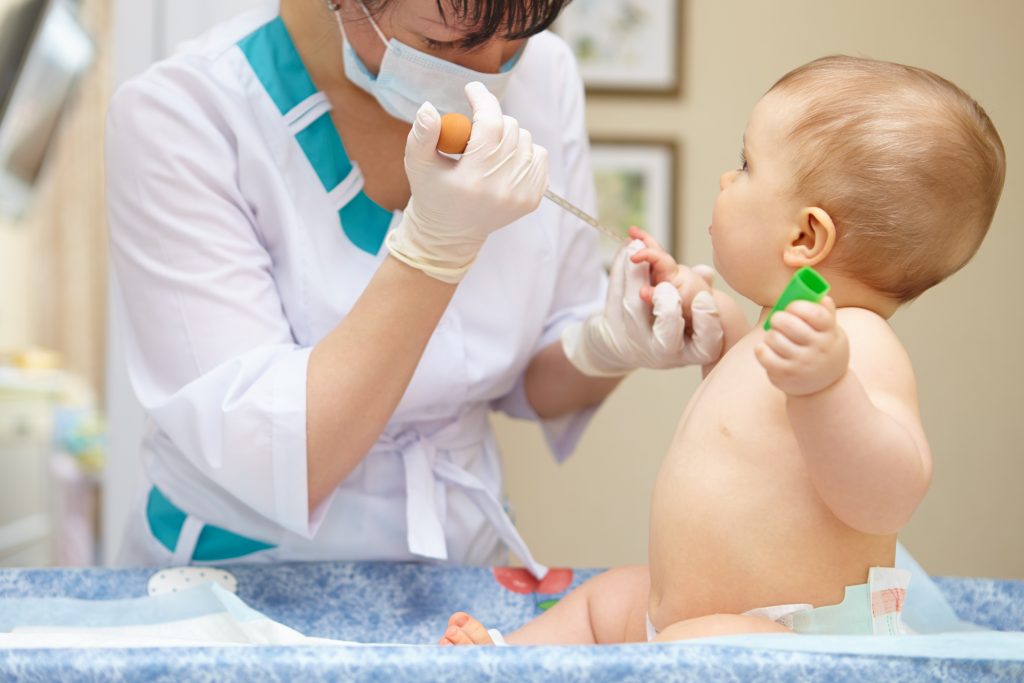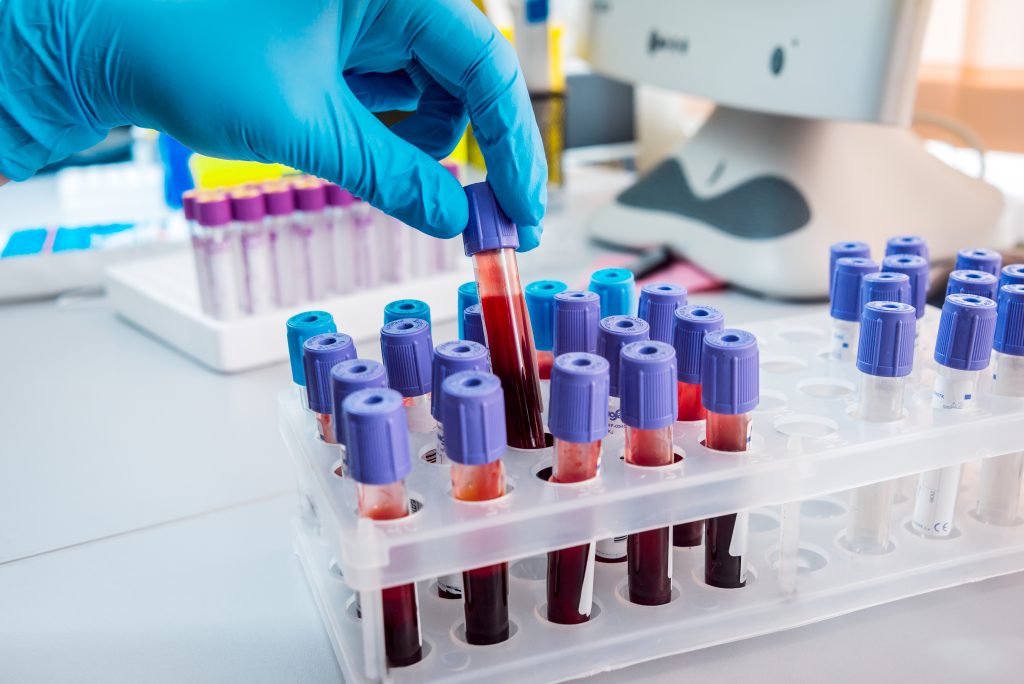How an Australian team developed a critical blood test for babies
Spinal Muscular Atrophy is a devastating disease and those who are born with it can die, usually before their second birthday.
Caused by a defective gene, the baby is weakened through nerve damage. Eventually they can’t swallow and ultimately they are unable to breathe. It puts a crushing burden on parents. It is also wildly expensive to treat, at a cost of more than $2.5 million per patient.
Fortunately there is now a potential cure, Zolgensma®. It uses a modified virus to carry a functional copy of the defective gene to patient cells which work to preserve nerve function. Zolgensma® is so successful it has become the prototype showing the potential of gene therapy to treat other genetic diseases.
But there’s a problem. The virus carrier, adeno-associated virus (AAV), is common in human populations and many babies have already encountered it and have become immune. This means the modified virus can’t deliver its critical payload.

An important step
The Sydney Children’s Hospitals Network (SCHN) has been running a Spinal Muscular Atrophy (SMA) clinical trial testing this gene therapy and screening babies by a blood test. Unfortunately, if the baby has high levels of AAV antibodies, they cannot receive an AAV gene therapy.
In 2019, the only way to find this out was to send the blood to overseas laboratories for testing – not only did this take time, every laboratory has its own standards – what one laboratory says is too high a level of antibodies, another will say is in the normal range.
As a result, NSW’s Chief Health Officer Kerry Chant asked if it was possible to develop a blood test that could be done in Australia instead of needing to send samples overseas.
In response, NSW Health’s Office for Health & Medical Research approached the Gene Therapy Research Unit (GTRU) – a joint initiative of The Children’s Hospital at Westmead (CHW) and the Children’s Medical Research Institute – to develop an AAV antibody test.
Grant Logan PhD, Senior Scientist at the GTRU, was up to the challenge. “However the assay protocol was not available from the overseas laboratories so we needed to create one from the ground up. NSW Health provided us with $76,000 for the project.”
As with all research, there were challenges along the way.

The obstacles
Enter Professor Alison Kesson, the Head of the Department of Infectious Disease & Microbiology at CHW.
“Grant rang me up one day and said, can we talk about this?” says Kesson. “In my junior years, I dealt with these patients and we didn’t have any therapies. We just had to tell the parents the bad news, and the child died. Usually in days or weeks.”
One of Kesson’s areas of expertise is quality assurance – making sure that all the quality requirements were in place so that not only was the test accurate but that any laboratory equipment process failures could be identified should they occur.
The next step was to develop and optimise the test itself. “This wasn’t an easy task for a lot of reasons but, primarily, how do you decide what is positive or negative?” said Logan. He continues, “What level of immunity is low enough for therapy, and what is too high?”
COVID-19 added to the challenge. Even the nature of the test presented a challenge for the National Association of Testing Authorities (NATA) to find suitably experienced auditors to accredit the test.
But finally, the test was developed and was certified by NATA.
Next steps
“There is no standardisation of these types of tests to determine gene therapy eligibility,” says Logan. “We need to benchmark our test against other laboratories to see how it performs.”
While sending samples overseas for screening has become faster – with international labs turning around samples within a couple of days of sample arrival – an Australian test still carries immense value.
“We have SCHN doctors with patients who may benefit from other AAV gene therapies. They are very interested in pre-screening their cohorts to determine their eligibility for accessing gene therapy clinical trials. If they wanted to pre-screen their cohort they would need to ship their patient samples overseas for testing at considerable expense.”
The availability of an Australian test will make this process much cheaper and easier to assist this process. And news of the test is spreading. Logan has recently been approached by “doctors caring for kids with diseases potentially treatable by other AAV-delivered gene therapy”.
They also want to understand which patients would be most suitable for the limited spaces available for the next clinical trial. “That’s a really immediate benefit that Alison and I have implemented. Eventually, we would like to become a national testing laboratory.”
The NSW Government is actively encouraging this as part of their plan to make the state a national leader in advanced therapeutics. This first test has set the Australian standard, against which other tests can be calibrated, so that everybody is using the same measurements.
The test is not the gene therapy itself – it’s the first step. At present the test is about determining who is the best candidate for the existing therapy.
But the next step is to modify the protein coating of the AAV vector – to disguise it, so that it will be tolerated by a baby who is immune to one variant. Future testing will aim to show which variant of the vector is best for which baby.
Logan says when he entered the field of gene therapy “it was pie-in-the-sky sort of stuff” but it’s now offering real benefit and its uses are accelerating. “It definitely feels that we are entering a golden age for gene therapy.”
Updated 3 years ago